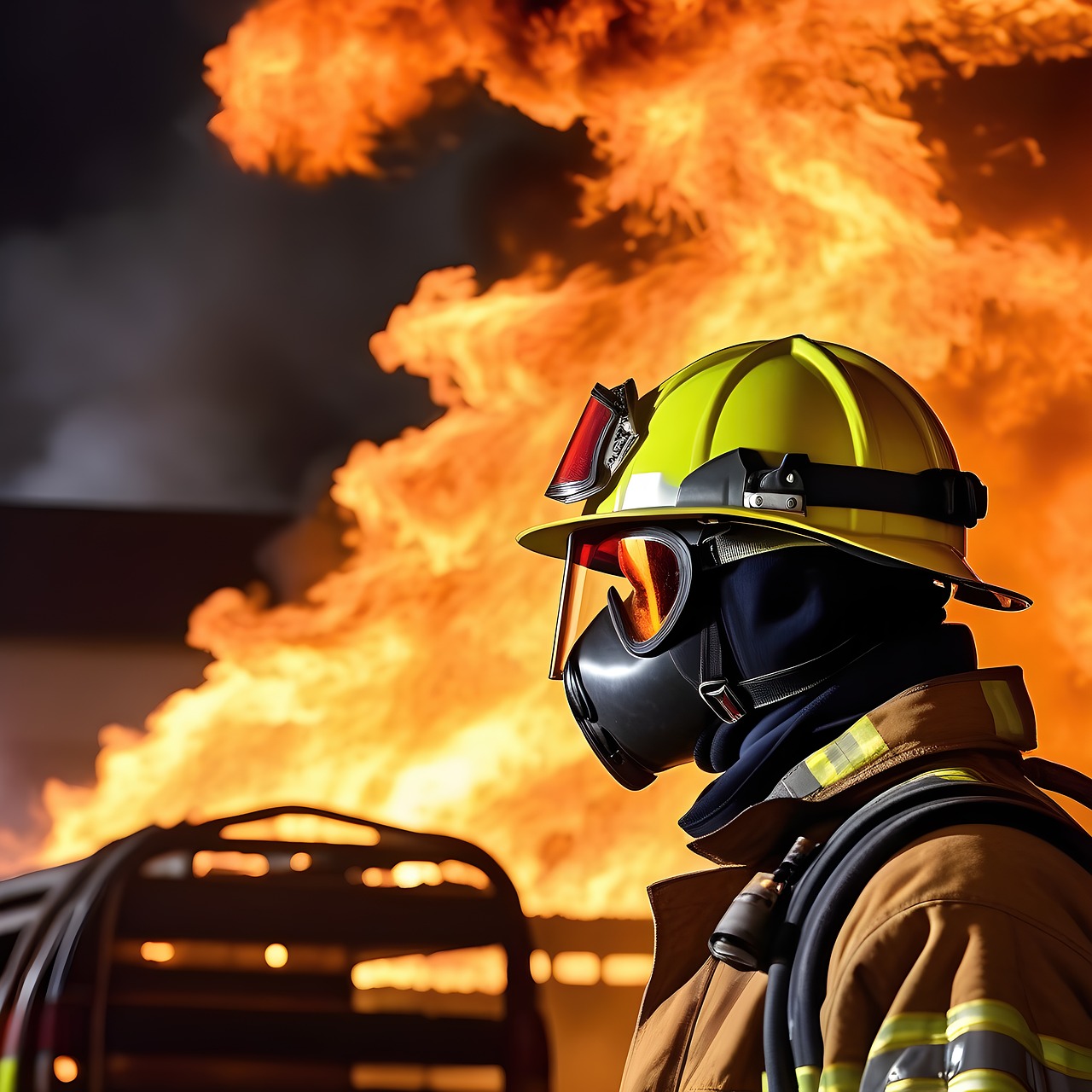Issues in fire departments can range from minor concerns to critical challenges that can impact the effectiveness and safety of the entire team. Open communication within fire departments is not just important—it is crucial for addressing these issues effectively. In a high-stakes environment like firefighting, where split-second decisions can make all the difference, clear and transparent communication is key to fostering trust, promoting teamwork, and ultimately ensuring the well-being of both firefighters and the communities they serve. This blog post will examine into the significance of open communication in fire departments and how it can help manage and resolve issues more efficiently.
Challenges Faced by Fire Departments
Internal Challenges
To effectively address issues within fire departments, it is crucial to first recognize and overcome internal challenges. These can range from lack of clear communication channels between different ranks and shifts, to issues with chain of command and organizational culture that may hinder open dialogue and problem-solving.
External Communication Barriers
To address issues in fire departments comprehensively, it is vital to also consider external communication barriers. These can manifest as challenges in sharing information with other emergency response agencies, difficulties in collaborating with community partners, or struggles in communicating effectively with the public during emergencies.
Communication plays a vital role in ensuring the smooth operation of fire departments and the timely resolution of issues. By breaking down internal and external communication barriers, fire departments can enhance their responsiveness, coordination, and public outreach efforts, ultimately improving overall department effectiveness and community safety.
Benefits of Open Communication in Fire Departments
Enhancing Teamwork and Collaboration
While open communication is crucial in all workplaces, it is even more so in the dynamic and high-pressure environment of fire departments. With clear lines of communication, firefighters can effectively coordinate their efforts during emergencies, leading to better teamwork and collaboration. This ensures that everyone is on the same page, working towards a common goal of protecting lives and property.
Promoting a Safety-First Culture
For fire departments, promoting a safety-first culture is non-negotiable. With open communication channels, firefighters can easily raise safety concerns, report hazards, and suggest improvements without fear of reprisal. A culture of open communication fosters a proactive approach to safety, where issues are identified and addressed promptly, reducing the risk of accidents and injuries on the job.
An open communication culture also encourages firefighters to actively engage in safety protocols, share best practices, and participate in training programs. By making safety a priority and continuously reinforcing its importance through open dialogue, fire departments can create a culture where every member feels responsible for their own safety and that of their team.
Strategies for Fostering Open Communication
Regular Meetings and Feedback Loops
An vital strategy for fostering open communication in fire departments is to keep regular meetings and feedback loops in place. These meetings provide a platform for team members to discuss concerns, share ideas, and provide feedback on current processes. By incorporating feedback loops, issues can be addressed promptly, and improvements can be made efficiently.
Training and Development Programs
Feedback is crucial in shaping training and development programs for fire department personnel. These programs should focus on honing skills, increasing knowledge, and enhancing teamwork. Regular feedback from both trainers and trainees allows for adjustments to be made to the programs, ensuring they remain relevant and effective in addressing the evolving needs of the department.
Fostering open communication through training and development programs also involves creating an environment where continuous learning is encouraged. By providing opportunities for ongoing education and skill development, fire departments can ensure that their team members stay engaged, motivated, and equipped to handle any challenges that come their way.
Conclusion
As a reminder, open communication is crucial for addressing issues in fire departments because it promotes trust, transparency, and collaboration among team members. Improving communication channels allows firefighters to express concerns, share information, and work together to find solutions effectively. By fostering a culture of open communication, fire departments can enhance operational efficiency, maintain a safe working environment, and ultimately better serve their communities.

